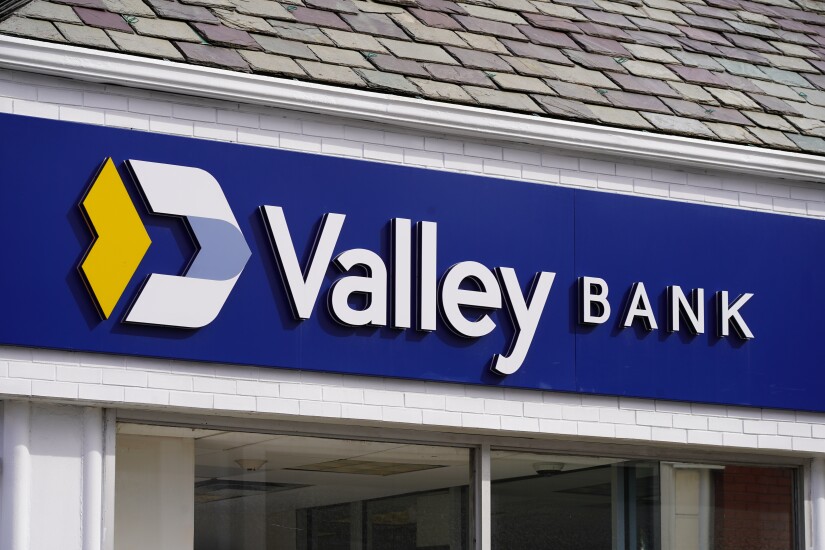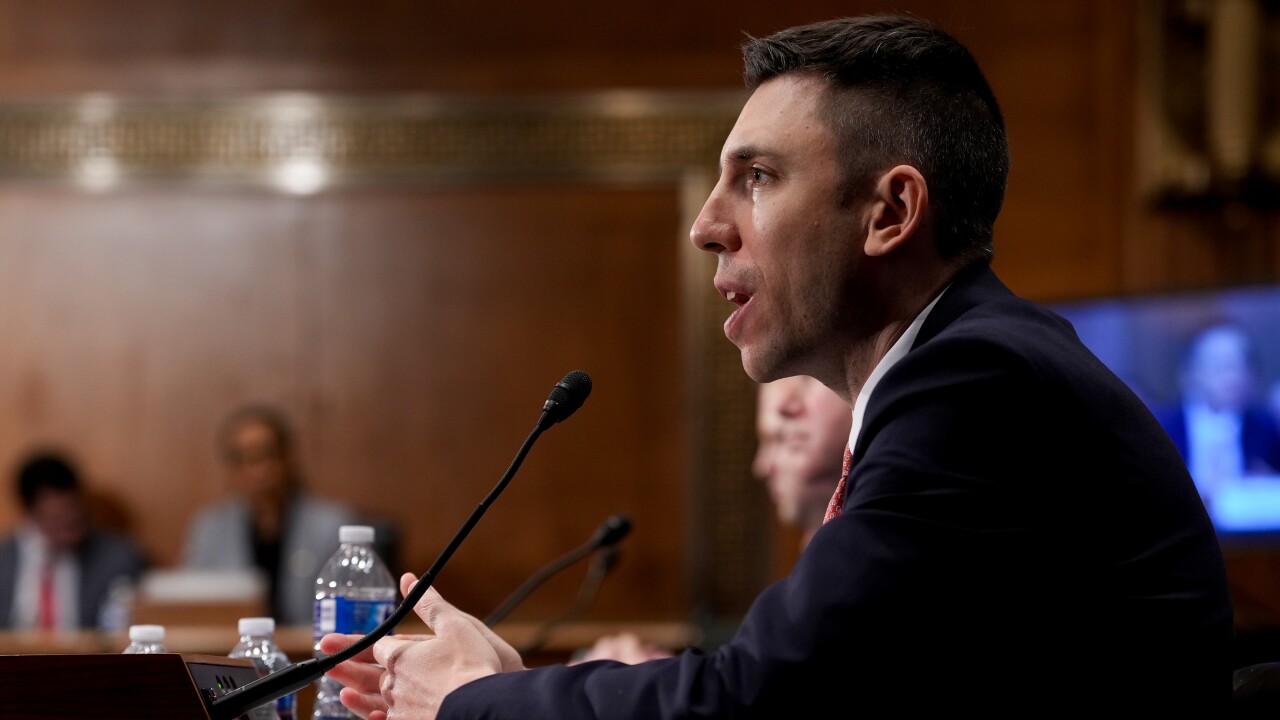Want unlimited access to top ideas and insights?
Commercial real estate continues to struggle to recover from pandemic-era changes, which have led to more vacancies in buildings — particularly office spaces — as well as higher interest rates. Banks across the country are fighting to prevent these issues from becoming bigger problems.
Since 2019, rent-regulated property valuations in New York City have been cut in half, said Seth Glasser, a multifamily real estate broker at Marcus & Millichap. The Housing Stability and Tenant Protection Act, which capped rent increases, limited the size of returns that landlords could earn for making renovations and eliminated eviction plans, among other provisions, was a turning point for rent-regulated properties.
Chiaverini said this legislation is squeezing net operating income at some rent-regulated properties, making it harder for borrowers when those loans mature in a higher-rate environment. Additionally, the costs of renovating and maintaining properties have increased, and rates have roughly doubled, but rent increases have been forbidden, according to Glasser.
NYCB's
Read more:
Like NYCB, Valley National Bank is highly concentrated in commercial real estate: CRE-related loans make up around half of Valley's portfolio, which consists of a mix of apartments, retail buildings, offices, industrial buildings and health care facilities. Its portfolio is largely in New Jersey, New York City, elsewhere in New York state and in Florida, where Valley
The office sector has struggled the most after it was hit particularly hard by the shift to remote work, with floors of office buildings continuing to remain empty, especially in New York City. Fortunately, Valley has largely stayed away from the big office towers in Manhattan that are facing steep declines in their value. Its office portfolio is instead largely made up of smaller buildings in suburban areas, and the bank's executives say the owners of those buildings remain in good shape.
If those property owners happen to face troubles, Valley's small-building focus makes it easier to turn a troubled office property into apartments or industrial centers, said Valley President Tom Iadanza. Government officials across the country have explored turning stressed office buildings into new housing, but they're finding that it's
"You can't take a Midtown high-rise and convert it to anything else today. Financially, it just doesn't work," Iadanza said, contrasting that with Valley's office loans where "you can do a lot more because it's not as big a space."
Read more:
These trends have led
Read more below on how banks and the government are navigating the current challenges and apprehensions in commercial real estate.










